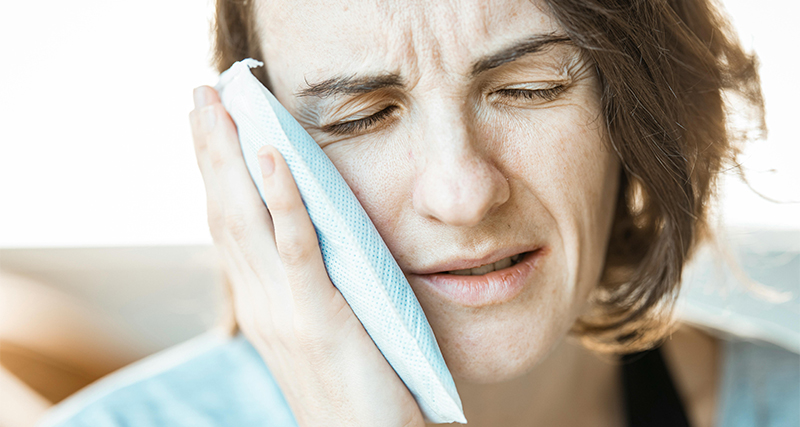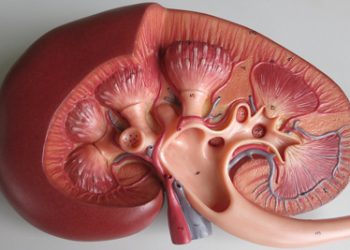Treatment and Recovery of Black Eye
The treatment and recovery of black eye is usually non-invasive and focuses on reducing swelling, relieving pain, and preventing complications. Most cases resolve within 7–14 days.
Home treatment for mild black eyes:
- Cold compress (first 24–48 hours)
- Apply a cold pack or wrapped ice for 10–20 minutes every few hours.
- This reduces swelling and numbs the area.
- Pain relief
- Paracetamol or ibuprofen can help relieve pain and reduce inflammation.
- Avoid aspirin unless prescribed, as it can increase bleeding.
- Elevation
- Keep the head elevated, even during sleep, to reduce swelling.
- Avoid blowing your nose
- Blowing the nose can force air into the skin and worsen swelling when sinus injuries are present. This can lead to orbital emphysema.
Switch to warm compresses after 48 hours
- Helps improve blood flow and speeds up reabsorption of the bruise.
Avoid:
- Pressure or rubbing the eye
- Avoid wearing contact lenses when the eye is swollen or irritated
- Engaging in contact sports until fully healed
When medical treatment is needed:
- Oral antibiotics may be prescribed if there is a cut or infection.
- Surgery may be required for:
- Orbital fractures
- Entrapment of eye muscles
- Internal eye injuries
Recovery timeline:
- Day 1–2: Swelling and dark purple colour at its worst
- Day 3–5: Bruise begins to spread downward
- Day 6–10: Colour changes to green, yellow, then fades
Tips for cosmetic concerns:
- Concealer makeup can help cover bruising during recovery.
- Sunglasses are useful in social or public settings to reduce self-consciousness.
Treatment and Recovery of Black Eye
In South Africa, state clinics and emergency units treat black eyes regularly. Doctors often refer severe trauma cases to Tygerberg Hospital, Chris Hani Baragwanath, or other tertiary facilities, depending on the patient’s location.
👉 [Next: Emotional and Social Considerations]


